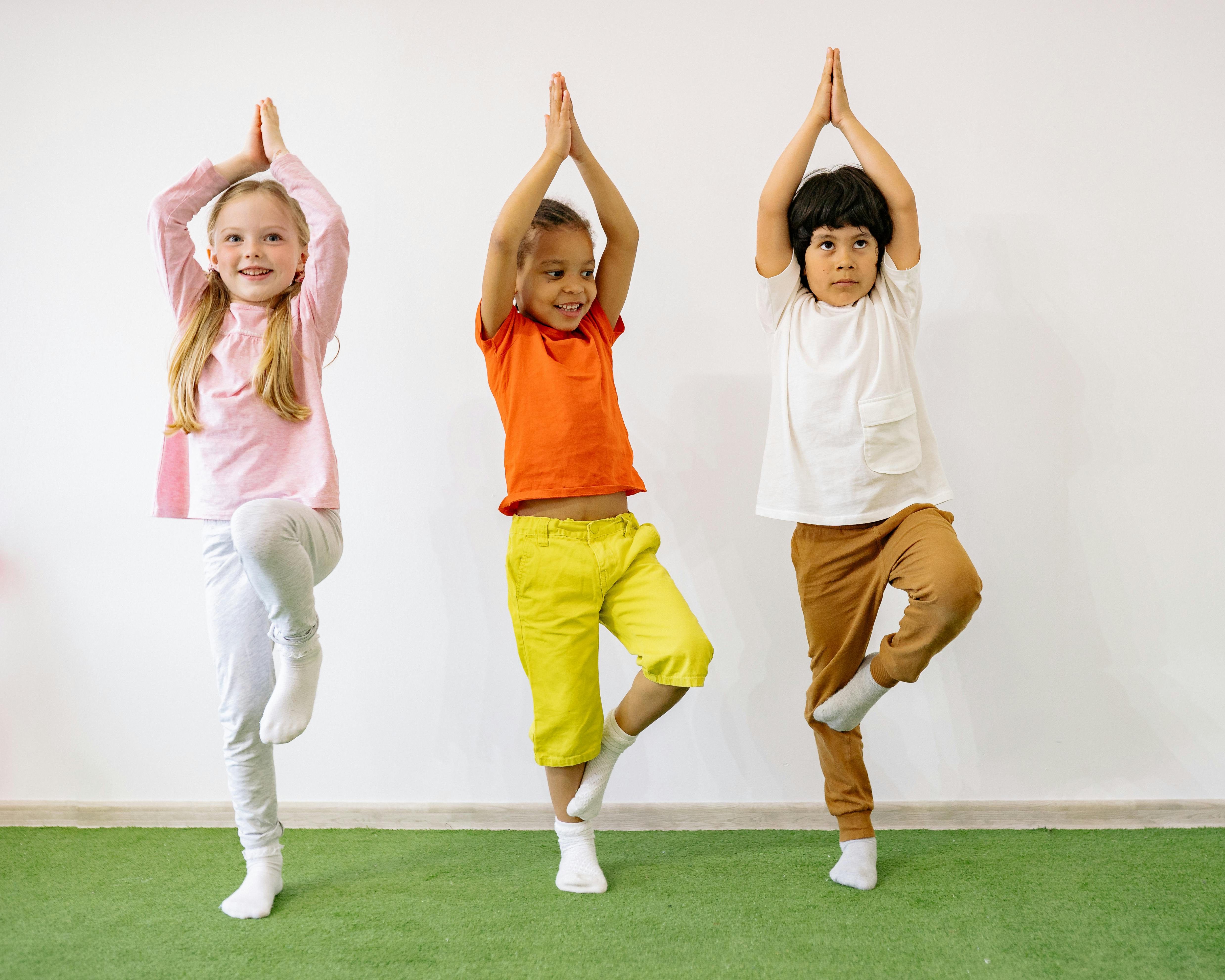Essential Mindfulness Tips for Students to Thrive
Managing academic pressures, social life, and personal development can be overwhelming for students. In today’s fast-paced world, mindfulness offers a powerful solution to improve focus, reduce stress, and enhance overall well-being. This article explores actionable mindfulness tips for students, breaking down core principles, practical techniques, and advanced methods to help students achieve balance and success.

Understanding the Fundamentals
Mindfulness refers to the mental practice of being fully present and aware in the moment without judgment. Originally rooted in Buddhist meditation, it has evolved into a scientifically supported practice used worldwide in education, healthcare, and corporate settings.
These fundamentals matter because they create a mental environment conducive to learning and emotional stability. Think of mindfulness as a mental “reset” button—just like a break helps your muscles recover, mindfulness helps your brain perform better under pressure.
1.1 Awareness and Presence
Awareness is the first core principle of mindfulness. It involves observing your thoughts, feelings, and surroundings with clarity. A recent study by Harvard found that individuals spend nearly 47% of their waking hours thinking about something other than what they’re doing—leading to stress and decreased performance.
Students who practice awareness during class or while studying tend to retain information better. One misconception is that mindfulness requires you to stop thinking; instead, it’s about observing thoughts without letting them control your emotions.
1.2 Non-Judgmental Observation
Unlike critical thinking, non-judgmental observation involves accepting thoughts and emotions without labeling them as “good” or “bad.” This reduces anxiety by preventing negative self-talk loops.
In practical terms, this means that if a student feels nervous before an exam, they acknowledge the feeling without panicking. Over time, this trains the brain to remain calm in high-pressure situations.
Practical Implementation Guide
Now that we understand the core concepts, let’s explore how to integrate mindfulness into daily student life. These techniques are simple to implement and can show results within weeks.

2.1 Actionable Steps
- Start with Breath Awareness: Spend 5 minutes each morning focusing on your breath. This primes your mind for calm focus throughout the day.
- Use Guided Meditations: Apps like Insight Timer and Headspace provide student-focused content. These tools are easy to use even during short breaks.
- Create Mindfulness Triggers: Set a reminder to pause and take three deep breaths before each class or study session. This anchors mindfulness in your routine.
2.2 Overcoming Challenges
Many students struggle with consistency. Here are some common challenges and solutions:
- Lack of Time: Start with just 2-3 minutes daily; consistency is more important than duration.
- Restlessness: Use movement-based mindfulness like walking meditations or yoga.
- Impatience with Results: Keep a journal to track mood and focus over time. Small changes add up.
Warning signs of burnout include irritability, fatigue, and sleep disruptions. If these arise, double down on your mindfulness practice rather than abandoning it.
Advanced Applications
Once you’ve built a foundation, you can explore more advanced mindfulness techniques that deepen your practice. These are ideal for students who already integrate basic mindfulness into their routines and want to elevate their mental resilience.

3.1 Visualization Meditation
This method involves imagining successful outcomes, such as calmly delivering a presentation or feeling prepared before an exam. Case studies show that students who used visualization techniques improved test scores by up to 15% compared to control groups.
Use it before high-stakes moments to mentally “rehearse” your success. This reduces anxiety and increases confidence.
3.2 Mindful Journaling
Combining mindfulness with journaling allows students to track emotional patterns, triggers, and progress. Unlike traditional journaling, the focus is on non-judgmental reflection rather than narrative storytelling.
It pairs well with CBT techniques and is compatible with digital platforms like Notion or physical notebooks.
Future Outlook
The future of student mindfulness is promising, with emerging technologies like neurofeedback apps and AI-driven meditation guidance gaining traction. Schools and universities are incorporating mindfulness programs into curricula to improve mental health outcomes.
In the next 3-5 years, we can expect increased integration with wearable devices and more data-driven customization of mindfulness practices. Students who start now will be well-equipped for these innovations.
Conclusion
To summarize, mindfulness offers students a powerful toolkit to manage stress, stay focused, and thrive academically. Awareness, non-judgment, and daily practice are the pillars of an effective routine.
Start small, stay consistent, and build gradually toward advanced techniques like visualization and journaling. Begin your mindfulness journey today and unlock your full potential as a student.
Frequently Asked Questions
- Q: What is mindfulness for students? Mindfulness is the practice of staying present and aware, helping students reduce stress and improve academic performance through mental clarity.
- Q: How can I start practicing mindfulness? Begin with 5 minutes of focused breathing each day and use guided meditations designed for students.
- Q: How much time does mindfulness take? As little as 2-5 minutes daily can yield benefits. Over time, many choose to increase their practice to 10–20 minutes a day.
- Q: Does mindfulness cost money? Not necessarily. Many free apps and online resources exist. However, premium apps and coaching are also available for deeper practice.
- Q: How does mindfulness compare to other techniques? Unlike productivity hacks or stimulants, mindfulness builds sustainable mental habits with no side effects.
- Q: Is mindfulness hard to learn? No. It’s a skill like any other—easy to begin and gradually improved with practice. No special tools are required.
- Q: Can mindfulness help in technical fields like engineering? Absolutely. It improves focus, problem-solving, and stress management—critical skills for STEM students.
